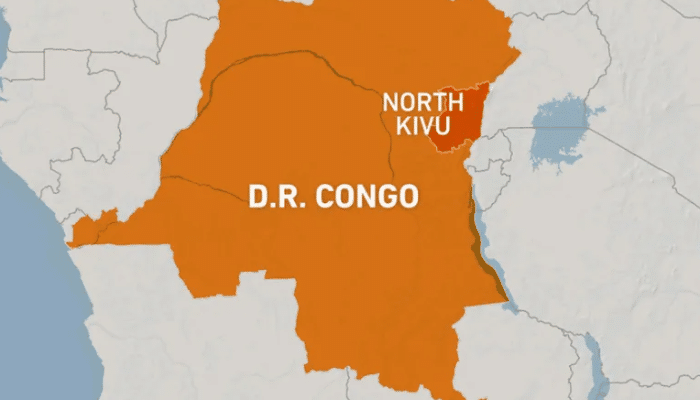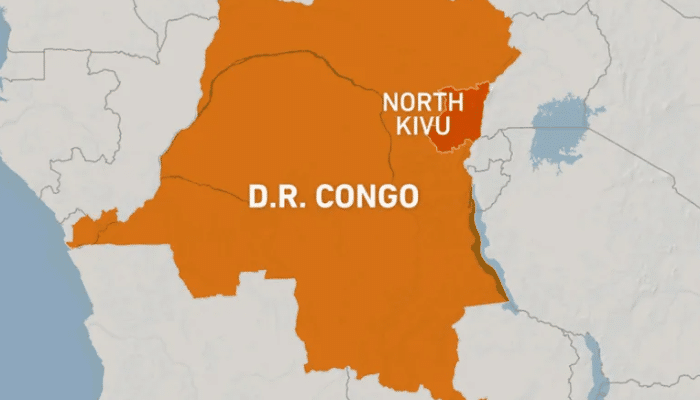
At least 52 civilians have been killed in a surge of violence in eastern Democratic Republic of the Congo (DRC), according to the United Nations peacekeeping mission (MONUSCO). The attacks, carried out by the Allied Democratic Forces (ADF) — a group aligned with the so-called Islamic State (ISIL/ISIS) — underscore the worsening security crisis in the mineral-rich region.
Wave of Attacks in North Kivu
Between August 9 and 16, ADF fighters targeted communities in Beni and Lubero territories in North Kivu province, MONUSCO confirmed. Civilians were rounded up, tied, and brutally killed with machetes and improvised weapons.
Local authorities report:
- Nine deaths in the town of Oicha on August 17.
- At least 40 others massacred earlier across several villages in Lubero’s Bapere sector.
Witnesses described homes burned, motorcycles torched, and food supplies looted, leaving survivors in desperate conditions.
UN Response
MONUSCO condemned the violence “in the strongest possible terms” and deployed reinforcements in hotspots. Peacekeepers are now sheltering displaced families at their bases, while also stepping up patrols to deter further attacks.
“The brutality of these killings deepens an already fragile humanitarian crisis,” said MONUSCO officials.
ADF’s Evolution and ISIL Ties
The ADF originated in Uganda during the 1990s, formed by rebels opposed to President Yoweri Museveni. After heavy Ugandan military offensives in the early 2000s, the group shifted its operations into the forests of eastern DRC.
In 2019, the militia pledged allegiance to ISIL, adopting more extreme tactics and seeking to position itself as part of the Islamic State’s wider network. Since then, the ADF has been blamed for thousands of civilian deaths and repeated large-scale massacres.
Peace Talks Undermined
The attacks come at a time of fragile diplomacy. The Congolese army (FARDC) and the M23 rebel movement, which Kinshasa says is backed by Rwanda, were expected to sign a permanent peace agreement by August 18 under US mediation. However, negotiations have stalled, with both sides accusing each other of fresh ceasefire violations.
The violence raises concerns that multiple conflicts in eastern DRC — involving ADF, M23, and other militias — are converging into a prolonged regional crisis.
Mounting Humanitarian Toll
Eastern Congo is home to one of the world’s worst humanitarian emergencies. According to aid agencies:
- Millions are displaced by ongoing fighting.
- Civilians face looting, arson, and kidnappings by armed groups.
- Attacks on churches and schools have left communities traumatized.
In July, nearly 40 worshippers were killed when ADF fighters stormed a Catholic church in Ituri province, opening fire on men, women, and children during an overnight vigil.
Ongoing Military Operations
Despite a joint military campaign launched by Uganda and the DRC in late 2021 — known as Operation Shujaa — the ADF remains highly active. Analysts say the group has proven resilient by splitting into smaller cells and exploiting Congo’s vast, forested terrain.

